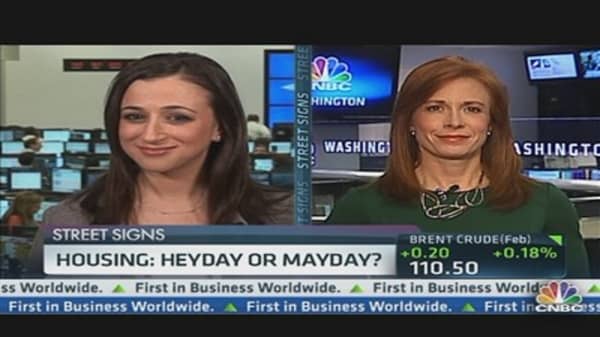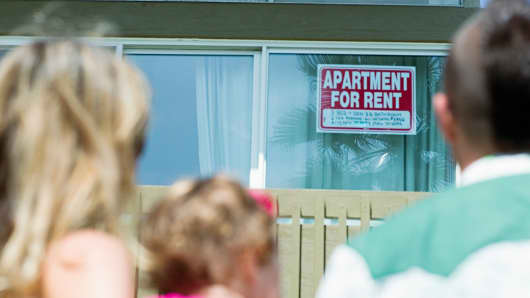"Single family starts did 'improve' suddenly early in 2012 on the Twist gap down in mortgage rates, but it quit 'improving' several months ago. Once 2013 data start to come in, the segment could quickly go from year-over-year positive to year-over-year negative over the period of a month or two," argues Hanson. "Multi-family has reached escape velocity; single-family is stuck in the mud."
Developers are rushing to increase supply of multi-family apartments, as there are now more This even as single-family rentals continue to gain market share. Continued uncertainty in the housing market, tighter mortgage underwriting and weaker consumer wealth has pushed ever more Americans to rent; the foreclosure crisis forced others.
The boom in multi-family is already raising red flags.
"We are incrementally more cautious on the multi-family sub-sector, as we see a rising supply environment in 2014," note analysts at Cantor Fitzgerald. "Although at this point, data indicate demand remains strong and absorption in check.
(Read More:
One Overlooked Fact About the Housing Recovery
)
Apartment demand increased "noticeably" in the fourth quarter of 2012, according to Reis Inc. This despite record-low mortgage rates and renewed faith in the housing market. Rents continued to rise, although at a slower pace than the previous quarter. They still managed to hit another all-time high, "propelled by strong demand, limited new supply growth, and a still weak for-sale housing market."
The single-family housing market is rebounding off its historic lows, but the very limited supply of homes for sale gives cause for concern.
Low inventories are pushing prices higher, faster than expected. All-cash investors are pushing those gains, and in turn pushing out first-time home buyers. While non-investors are slowly moving back into the market, they are not arriving in the necessary numbers, and they are also not finding much to choose from.
(Read More:
Home Builder Confidence Stalls
)





